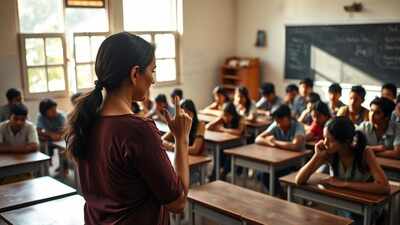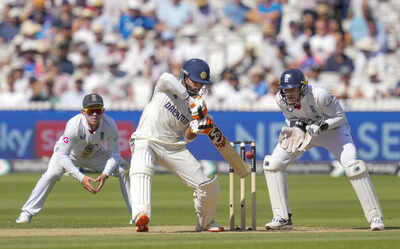Why do 97% of Delhi schools offer art activities, but only 42% teach job-ready skills to students?

In an age where degrees alone no longer guarantee employability, the latest PARAKH 2024 report on Delhi’s school education landscape reveals both progress and pause points. As India eyes a future driven by innovation, skills, and self-reliance, the National Capital Territory’s schools are offering a glimpse into the nation’s preparedness – or the lack of it.
Skill education still out of reach
Just 42% of schools in Delhi offer any form of skill-based education to students in Grade 9 and above. That’s less than half. These are not optional extras; they’re the tools students need to succeed in a job market that increasingly values real-world competencies over textbook learning.And yet, in a telling contrast, 54% of students in Grade 9 in those schools that do offer such courses have opted in. The demand is loud and clear. Meanwhile, the supply is still falling short.This gap points to a systemic bottleneck, perhaps a lack of trained faculty, outdated infrastructure, or a continued overemphasis on rote academics. Either way, the takeaway is stark: while students are ready to embrace future-ready skills, the system is not moving fast enough to meet them there.
The experiential learning boom in Delhi
If the report finds Delhi lagging in formal skill education, it also credits the region with creating a vibrant, activity-rich school environment. Experiential learning, long recognised as essential to holistic development, is thriving across the Capital’s classrooms and corridors.The numbers tell a compelling story:
- Cultural activities are present in 99% of schools
- Sports in 98%
- Art clubs and activities in 97%
- Literary and reading engagements, including school magazines and newspapers, at 94%
- Science exhibitions at 92%
- School fairs in 88%
This is more than ticking boxes. These numbers reflect a deliberate pedagogical shift—towards learning that is hands-on, expressive, and socially connected. Delhi’s schools are, in many ways, nurturing imagination and identity even as they fall short on skilling for employability.
A tale of two systems
What emerges from the PARAKH report is a paradox. On one hand, Delhi’s schools are rich in activities that cultivate confidence, creativity, and community engagement. On the other hand, they remain structurally underprepared to deliver the vocational and technical training that today’s job market demands.The data lays bare an urgent policy question: Why is skill education still treated as a fringe offering rather than a core component of secondary schooling?To bridge this disconnect, Delhi must move beyond pilot programs and token efforts. It must integrate skill education into the mainstream, with investments in trained instructors, curriculum design, and partnerships with industry.
Looking forward
The PARAKH findings are not just an audit; they’re a call to action. For school leaders, policymakers, and education reformers, the message is clear: Delhi’s students are eager and engaged, but they need systems that are future-ready, not just festival-ready.To prepare the next generation not just for exams, but for life, Delhi must now match its cultural richness in schools with a bold, sustained investment in skill education. The future, after all, will belong not to the most informed, but to the most adaptable.TOI Education is on WhatsApp now. Follow us here.





